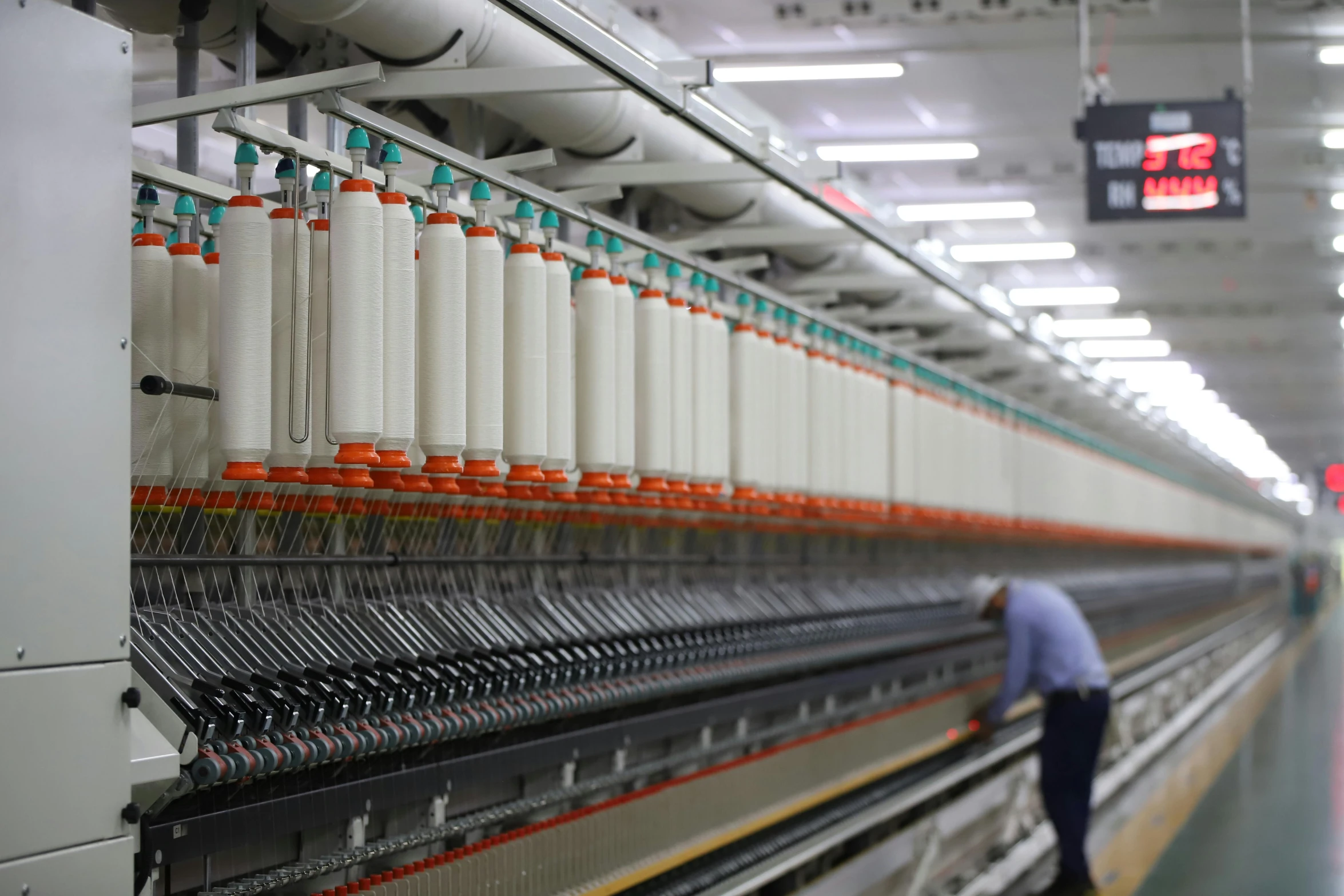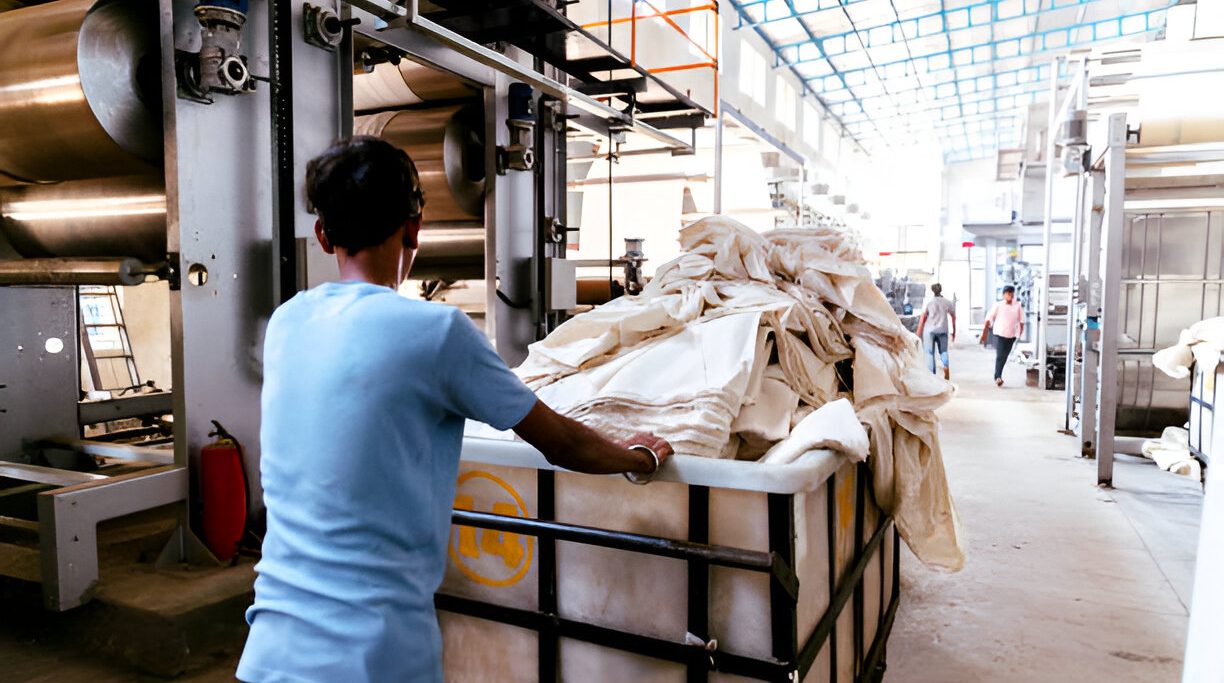As the textile industry evolves, a new executive role has emerged: the Chief Textiles Officer (CTO). This position is becoming increasingly vital for companies looking to innovate and lead in a competitive and sustainability-focused market. In this blog, we’ll delve into the responsibilities, importance, and future of the Chief Textiles Officer, and why this role is becoming essential for modern textile companies.
What is a Chief Textiles Officer?
A Chief Textiles Officer oversees the entire lifecycle of textile products, from raw material sourcing to the final product. This role blends expertise in textiles, sustainability, and business strategy, making it crucial for companies aiming to stay ahead in the market.
Key Responsibilities of a Chief Textiles Officer:
1. Innovation and Development: Leading the creation of new textiles and improving existing ones to meet market demands and consumer preferences.
2. Sustainability Initiatives: Implementing eco-friendly practices, such as using sustainable materials, reducing waste, and optimizing resource use.
3. Supply Chain Management: Ensuring efficient, ethical, and sustainable practices throughout the supply chain.
4. Quality Control and Compliance: Maintaining high standards for product quality and adherence to industry regulations.
5. Strategic Planning: Aligning textile innovations with the company’s broader business goals and market trends.
The Importance of the Chief Textiles Officer
In a world increasingly focused on sustainability, the Chief Textiles Officer plays a critical role in leading a company’s eco-friendly initiatives. This position not only focuses on reducing environmental impact but also on driving innovation in fabric technology, which is essential for staying competitive.
Also read: Fashion Technologist: The unsung hero of the Industry
Why the CTO Role is Crucial:
1. Sustainability Leadership: As consumers become more environmentally conscious, companies must prioritize sustainable practices. The CTO leads these efforts, ensuring the company meets sustainability goals and regulatory requirements.
2. Technological Advancements: The CTO is at the forefront of adopting new technologies, such as smart textiles, printing innovations and advanced manufacturing techniques, which can revolutionize product lines and enhance customer experience.
3. Market Competitiveness: With a deep understanding of market trends and consumer needs, the CTO helps the company develop innovative products that set it apart from competitors.
The Path to Becoming a Chief Textiles Officer
To become a Chief Textiles Officer, one typically needs a combination of education, experience, and skills. Here’s a guide for aspiring CTOs:
1. Educational Background: A degree in textile engineering, fashion design, or a related field is often required. Advanced degrees, such as an MBA, can provide valuable business insights.
2. Industry Experience: Extensive experience in textile production, R&D, or supply chain management is crucial. This hands-on experience is invaluable for understanding the complexities of the textile industry.
3. Key Skills: Strong leadership, innovative thinking, and a deep understanding of textile materials and processes are essential. Knowledge of sustainability practices and market trends is also important.
The Future of the Chief Textiles Officer Role
As the textile industry continues to grow and evolve, the role of the Chief Textiles Officer will become even more integral. The shift towards sustainability, coupled with rapid technological advancements, presents new challenges and opportunities. CTOs will be at the forefront, driving change and shaping the future of textiles.
Emerging Trends:
1. Smart Textiles: Integration of technology into textiles, creating smart fabrics that offer added functionalities like temperature regulation, health monitoring, and more.
2. Circular Economy: Developing closed-loop systems that minimize waste and promote recycling and reuse of materials.
3. Digital Transformation: Utilizing data analytics, AI, and digital platforms to enhance product development, customer engagement, and operational efficiency.
The Chief Textiles Officer is more than just a title; it’s a pivotal role that influences the direction and success of a company. As the industry faces new challenges and opportunities, the CTO’s expertise in innovation, sustainability, and strategic planning will be crucial. Companies that recognize and invest in this role will be better positioned to lead the textile industry into the future.



